
Just playing, but maybe I’ll circle back to this.
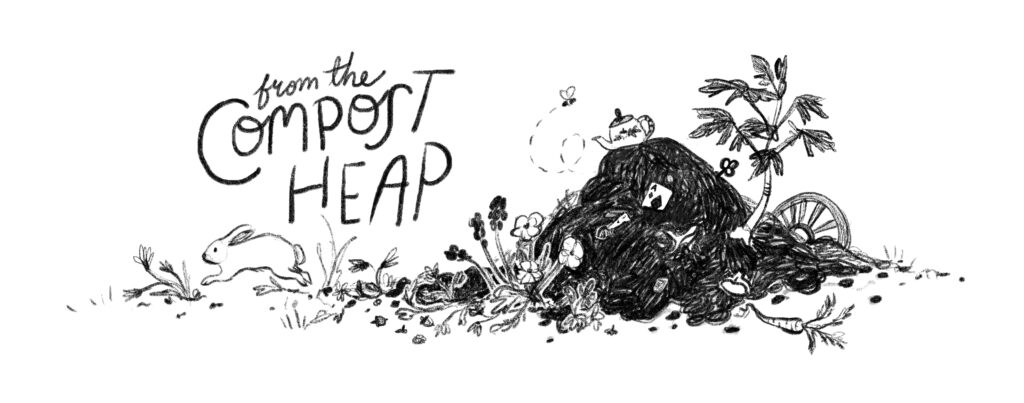

Just playing, but maybe I’ll circle back to this.
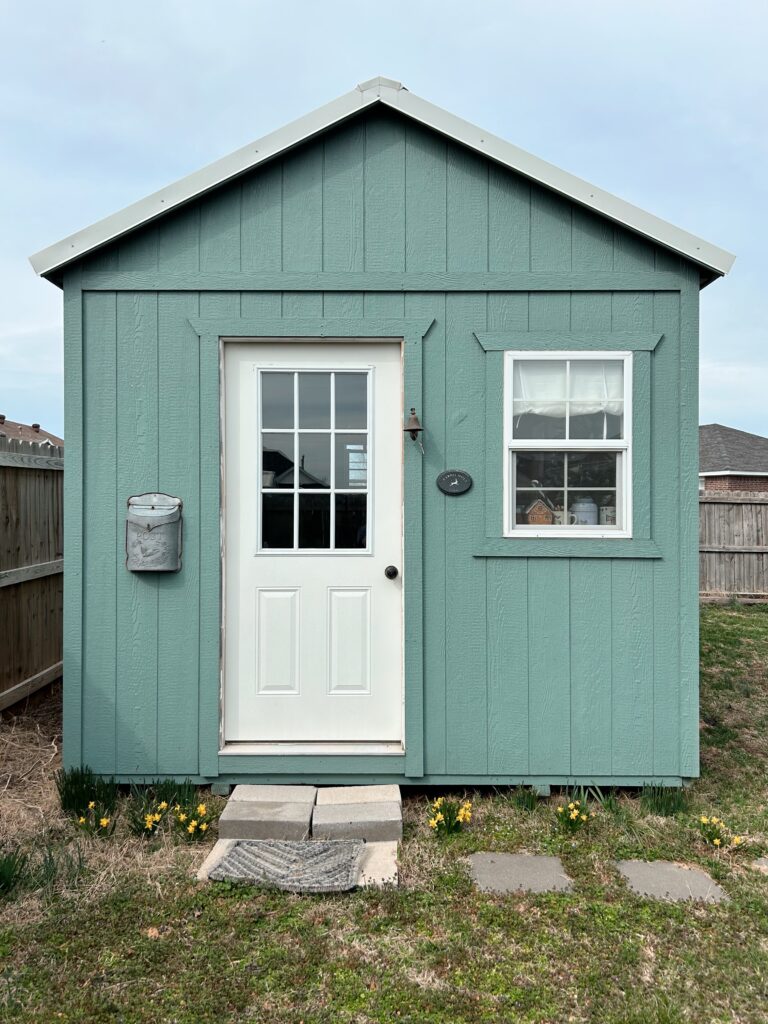
Miniature daffodils in front of the studio. First signs of spring.
by Robert Olen Butler
“Please get out of the habit of saying that you’ve got an idea for a short story. Art does not come from ideas. Art does not come from the mind. Art comes from the place where you dream. Art comes from your unconscious; it comes from the white hot center of you.”
The concept of this book is that storytelling comes from your unconscious and not your logical mind. This tracks with the writing process of Ray Bradbury, Dorothea Brande, even Terry Pratchett. It also maps onto the concepts of “day brain” vs. “night brain” writing explored on the podcast Writing Excuses.
But the farther I read into this book the more rigid and didactic Butler’s approach seemed. He needlessly used plot examples requiring a content warning.
I can’t say I wholeheartedly recommend this book, but I do find this concept of taking space to “dream” a story before you write it both liberating and extremely challenging. After setting an intention for more reverie in 2025 I have instead completely rebuilt my website and migrated my newsletter. 🤷
But my best fiction has come from that place of the unconcious. So this is a technique I want to explore.
If you do read this book, take it with a grain of salt. Artists often sound as if their way is the only way because it is the way that works for them.
For their creative ecosystem.
What you or I need may be completely different.
With those caveats here are some passages I found interesting.
“Voice is the embodiment in language of the contents of your unconscious.”
Most artists spend a lot of time and energy trying to find / discover / hone their artistic voice or style. Whereas this suggests that leaning away from analysis and toward the unconscious may bring you closer to your true voice.
“What you forget goes into the compost of the imagination… in a compost heap, things decompose. Your past is full of stories that have been composed in a certain way; that’s what memories are. But only when they decompose are you able to recompose them into new works of art.”
Love a creative compost metaphor of course. He is paraphrasing British novelist Graham Greene here.
“The organic nature of art is such that within the process everything must be utterly malleable, utterly fluent, so that everything ultimately can be brought together; and if there’s anything in there that will not yield, is not open to change, you cannot create the object.”
This is something I’m finding in my own process. I come in with a concept for a story, but the more closely I hold myself within those bounds the worse the writing is. This past year my writing started to enter this dreamspace for the first time. I found the story was moving like shifting tetonic plates.
“Rewriting is redreaming.”
I think the most radical idea in this book is that even editing (normally considered an analytical process) can come from the unconscious.
And should in Butler’s opinion.
As a literature professor he has all the tools for analysis, but claims not to consciously use them. He rereads his books looking for “twangs” and redreams them until it all “thrums.” Even his rewriting process coming from the unconscious.
“The compost heap of the novelist, the repository that exists apart from literal memory, apart from the conscious mind, is mostly made up of direct, sensual life experience.”
More creative compost. Butler has an obsession with sensory details and decries all explanatory words (for emotions, etc.) and here is where you can fall into the trap of taking on his style for your own. Centering on sensory details can certainly make a text richer, but to use them exclusively feels extreme.
It’s a stylistic choice not “good” or “bad” writing as he frames it.
“[Fiction and technique] must first be forgotten…before they can be authentically engaged in the creation of a work of art.”
He’s basically explaining here that all of that analysis (of stories and literature and writing technique) goes in the compost heap and he doesn’t trust it until it’s filtered through dreamspace.
“Desire is the driving force behind plot.”
I think this comes to the heart of his dreamspace technique. Rather than plotting a work analytically (something I am apparently allergic to) he let’s the objective of a character drive the action. This prevents the awkward situation where a character simply does something because the plot requires it.
It’s a bit chicken and the egg.
I don’t think one way is right or wrong. But when you’re done your character had darn well better have a drive for what they are doing. But doesn’t it sound more fun to let character drive your writing rather than the other way around.
“Writers who aspire to a different kind of fiction— entertainment fiction, let’s call it, genre fiction—have never forgotten this necessity of the character’s yearning.”
He is a straight up literary snob here. 🙄
But it’s worth mentioning because this chapter reminded me of musical theatre structure.
Something strongly present in my personal compost heap.
There’s always an “I want” song in Act I.
“[The artist] doesn’t know what she knows about the world until she creates the object… the writing of a work of art is as much an act of exploration as it is expression, an exploration of images, of moment-to-moment sensual experience.”
I think a lot of writers sit down to “write a book” not to “discover a story.”
For all of my criticisms of this book I do think I’ve added some rich humus (with a pile of horse 💩) to my compost heap.
That said, I hesitate to give Butler too much credit. The reason I bought his book was that I was already curious about a more intuitive approach based on Ray Bradbury’s Zen and the Art of Writing.
I gave up marking quotes because I wanted to quote every other line. And ended up too intimidated to write about it at all. Which now feels silly because I’m writing about this book that is a dim reflection of it.
Bradbury very much wrote from this dreamspace and drawing images and characters from his unconcious. I just need to find the fortitude to do it justice when writing about it.
Maybe next month.
Photo Credit: Patrick McManaman
Thank you YouTube algorithm. This was a hit.
The whole channel is full of great art lessons.
“Suddenly, you don’t follow people as you do on social media, but you follow their curiosities. This makes a much richer and sprawling environment to explore.”
Kristoffer writing about are.na
Even as a kid I would collect notes and information, magazine pages, booklets. I think it’s something of a neurodivergent impulse. Autistic folks often love collecting things and I’ve only just realized that part of that drive for me is in collecting information. I love learning things, but I also love cataloguing what I’m learning.
(Important to note this is not a universal love among autistics. There are a lot of different ways our passions and interests can show up.)
Through the years I’ve tried on different styles of note taking, but I’ve always loved the idea of a centralized system. The problem is I kept trying on other people’s systems and they were never the quite right fit.
Recently, I’ve been working out how to create my ideal note taking system.
A caution, dear reader, not to try and recreate my own system for yourself. But I hope by sharing this it can shatter some misconceptions about research and note taking and open up the realm of possibilities to you.
If you’ve been around for a while you’ll notice this is kind of an amalgamation of several different note taking projects I have had. Gathering up everything under one roof as it were. Over the years I have tried: physical notebooks, file folders, the Pocket app, Evernote app, traveler’s notebooks, blog posts, podcasts, Notion, and finally a library card catalogue drawer. Each of those attempts was, in a way, trying to create a system that I saw outside of myself and they were all too rigid.
I love handwriting notes. Typing them. Shuffling around papers. For years my ideal system (the one of my university mentor) was a series of matching composition notebooks. (1)
Then it was digital. I went “all in” on Evernote and it didn’t take long to reach the threshold where they wanted to charge a monthly fee. I think I was between degrees at this point and couldn’t imagine paying for that so I pivoted back to paper again.
Austin Kleon blogged about commonplace books and I was hooked. I tried to create a color coded indexing system. I tried numerical systems.

The trouble with notebooks is no matter what kind of system you use it can be hard to find what you’ve recorded in the past. (2)
After a while I gave up on that and started sharing monthly updates on Patreon. A round up of everything I’ve read, watched, or listened to with some of my favorite quotes.
I always circle back to physical though. Early 2019 I tried a physical notebook to document what I wanted to share to Patreon. This was shortly before Davy was born and it quickly went out the window.

But the digital format survived. It lives on as my newsletter.
The trouble is when I’m really in research collecting mode I have more than I can reasonably share in this format. And it’s also not easily search-able.
So in 2020 I started a Notion. That also has stuck with me, but there are some caveats.
Part of the problem is I created this system when Davy was still napping in my lap a lot. So I had ages to poke around on my phone. Now I have other things to do and this type of cataloguing is not at my top of priorities. Here’s a screenshot where you can see I no longer take the time to fill out “by” and “type” which are kind of essential when it comes to finding what I’m looking for.)
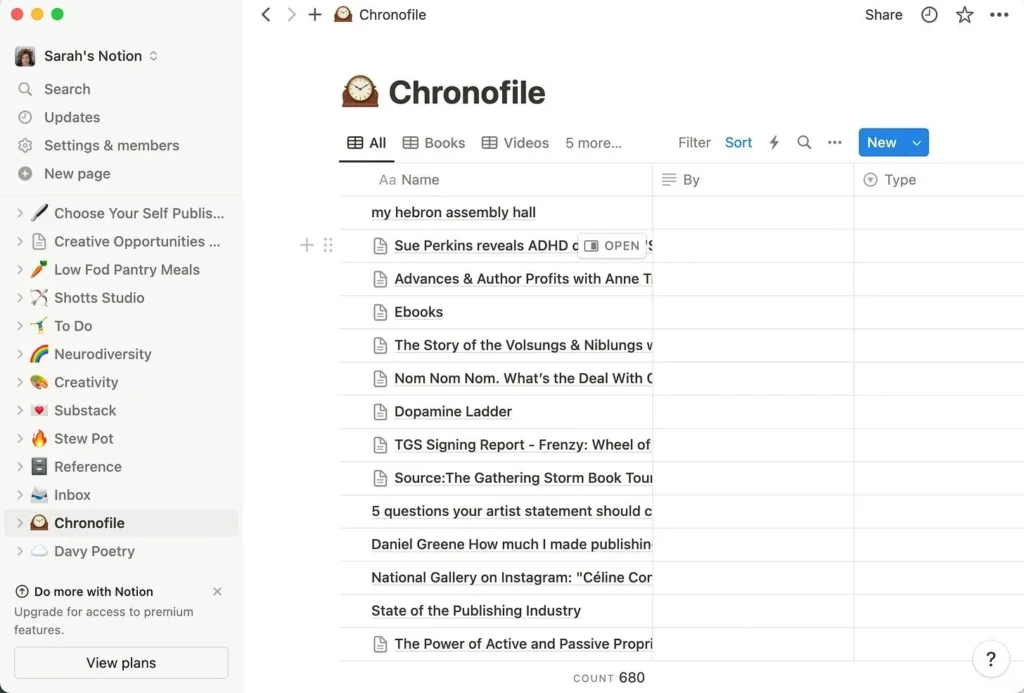
So I swing back analogue…
When Davy started school I read yet another book about note taking and I fell in love with the idea of writing or typing up all my notes on index cards in my “free time.” But Davy was only in school for half days and by the time you take the commute into account I was lucky to get a couple of hours each day. I spent most of them writing a book and making art.

Now we’re home educating so it’s all a muddle of life and creativity without any clearly delineated “studio time.
Get excited by a project.
Find a creative spark to create a system.
Abandon system.
Feel guilty.
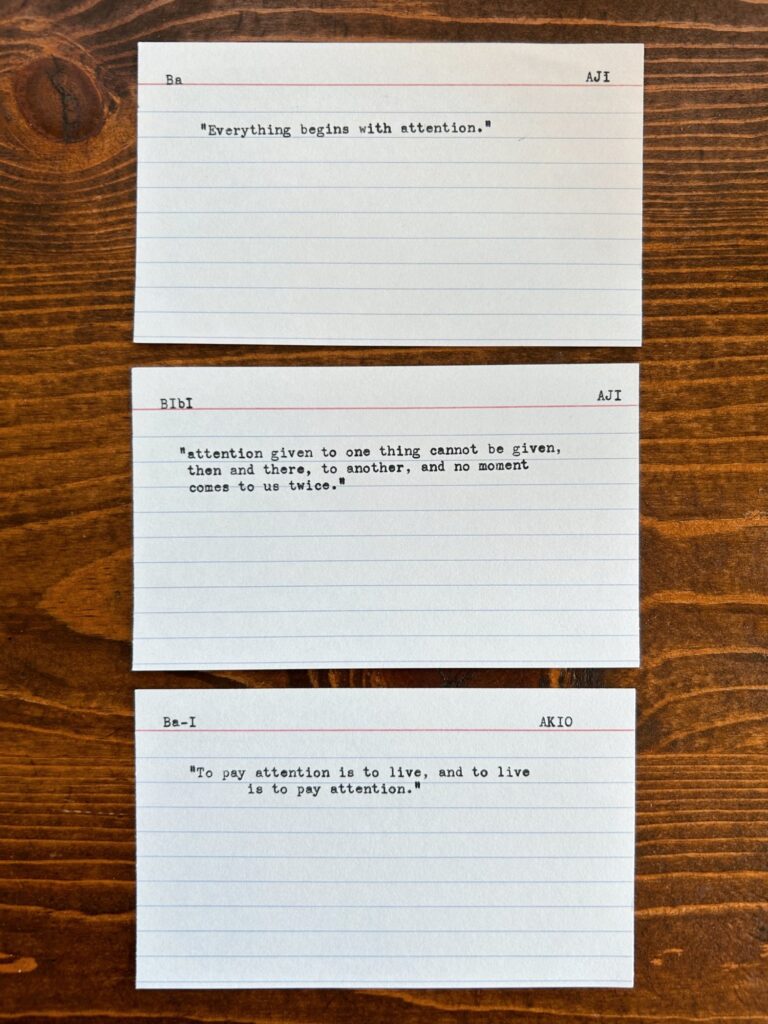
But something was different this time around.
In all of the research about neurodiversity and autism to support David I am learning to support myself. And to reframe my perceived “deficits” as differences.
Why did some methods work better than others? What would really work best for me?
When I switched up my Substack schedule I freed up some mental bandwidth.
That extra capacity is really key here. I rarely innovate when I’m at capacity.
The second magic ingredient was playing around.
I was reading a new book and wanted to take notes. Instead of using Notion I followed my impulse and wrote them up on index cards. I knew it wasn’t something I could maintain, but I did it anyway.
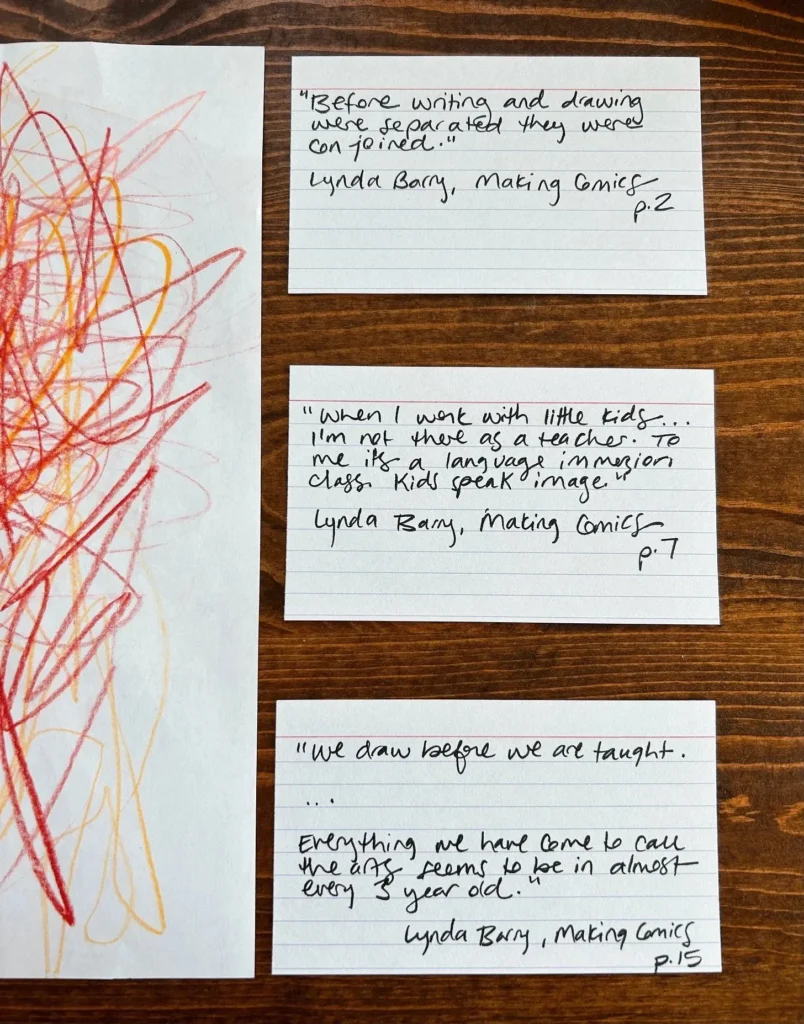
Kids Speak Image, Lynda Barry, September 20, 2023
Meanwhile I’d been thinking about how to document and share content in a more casual way online. The weekly Substack posts had been too time consuming, but I knew if I slowed my publishing schedule to monthly (or even fortnightly) I would have so much I wanted to share and document in the in between.
Then Austin Kleon linked to his Tumblr. I played around with a Tumblr account for a couple weeks and fell in love with the ease of it.
Mostly I was still creating content for someone else’s machine. Tumblr is old (in internet years) and who knows how long it will be around. Also, people started seeing and liking my posts and I was afraid I might start feeling social media feels about the value of posts based on their engagement.
But there were also things I loved about it! One of which was how visual it was! My brain loves scrolling through a visual archive versus something that looks like a giant excel sheet (no offense Notion.)
What I needed was a private Tumblr. Somewhere I could archive notes, images, even videos or podcasts. With a simple tagging system.
I’m not sure how long it took me to realize that I could just make this on my own website.
Not a blog, but a microblog. My blog is a place to share long form writing with other people. Whereas this microblog is a collection of bits and bobs. A place to archive research and document my creative process as a tool for myself. Which I might sometimes point to.
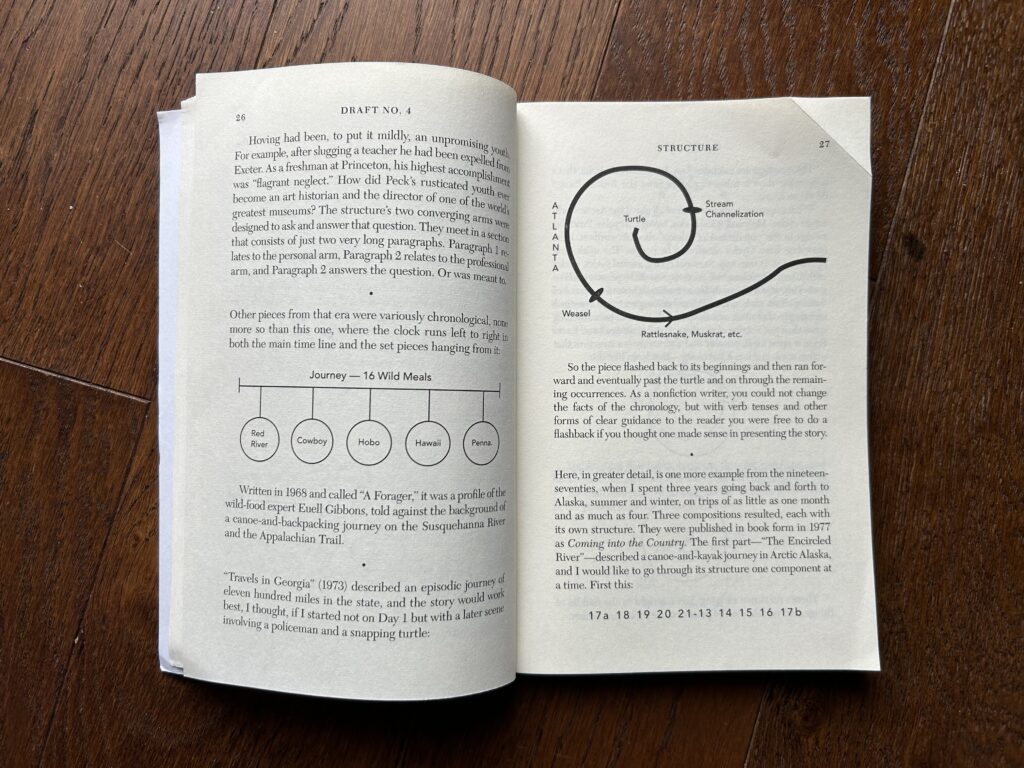
I love it.
It feels like such a simple way to make a visual record of my thoughts and ideas. If you scroll through it’s essentially like taking a peek inside my brain. What am I reading? What am I thinking about? What was the obsession of the day?
I am fascinated by the process of ideas unfolding and layering and coming alive. It’s something I’m always unraveling when I look at other people’s work and it’s part of why I love following artists and creators online. (3)
What I got stuck on was the name. At first I called it scraps, but that didn’t really fit. Eventually I realized the answer had been there all along.
Sometime along the way I started calling my notes “The Chronofile.” You can see the hashtag in early Instagram posts and a note taking folder on Notion.
The name come from one of my creative muses – Buckminster Fuller.
He was a brilliant inventor and artist and writer and is known largely as the creator of the geodesic dome. I could go on and on about him (and I probably will some other time) but for now I’ll explain that he too was an obsessive notetaker. He documented everyday of his life in something he called the Dymaxion Chronofile. His file includes “more than 140,000 papers and 1,700 hours of audio and video” (all of which are archived in physical form and take up 1,400 linear feet.) (4)

Google Search results for “dymaxion chronofile” December 4, 2023
All the more reason to go digital! I do not have that kind of space. 😂
Writing things down engages a different part of the brain than typing. (5)
Not to mention the physical record and embodied act of moving around notes and seeing them in visual conversation with each other.
What I happened upon by writing those notes about Lynda Barry’s books was that I can have the best of both worlds.
Physical notecards of my favorite quotes – in a card catalogue drawer, and a searchable digital archive – hosted on my own website.
I can easily type up notes on my phone (using the Squarespace app) and then later jot them down or type them onto a card for my physical file. This also adds a layer of curation for my physical chronofile.

It also means the letter and number codes (used above) are largely irrelevant due to the search-ability of my digital chronofile. Which is quite a relief because they never felt natural – just another outside system I was trying to use to reinvent the wheel. Why create analogue reference systems when digital search does that so easily?
I fully accept this process will shift and change. But what I’m trying to do is to utilize the best features of each medium.
Analogue for muscle memory. For embodiment. For serendipitous connections. And for aesthetic share-ability.
Digital for search-ability. For time lord technology (fitting a lot in quite a small physical space). And for the ability to include photos, videos, and audio files.
The real delight here is that scaling back my Substack publishing schedule has freed up bandwidth to rekindle my passion for research.
From deep dives into artist communities like Black Mountain College and the Arts & Crafts Movement to the mundane history of tenterhooks.

This hybrid system feels in alignment with my brain and the way it works and that makes all the difference.
One of the coolest things about Substack (or blogs) is that you can update posts as you have more information. Here’s a space I’m creating to do that as I evolve my note taking practice.
2/9/24: I’m experimenting with adapting this method to Obsidian. It resolves a few problems I was having with the Squarespace app and hosts everything locally instead of using my web hosting space. I may still use the Chronofile on my website occasionally as a microblog, but I’ve taken it off the site navigation for now.
I’ll be honest I was drawn in by the constellation visuals (these are called graphs.) I saw this twitter thread from Morgan Harper Nichols and was immediately enchanted.
My own graphs are still small for now, but it’s cool seeing how ideas connect.
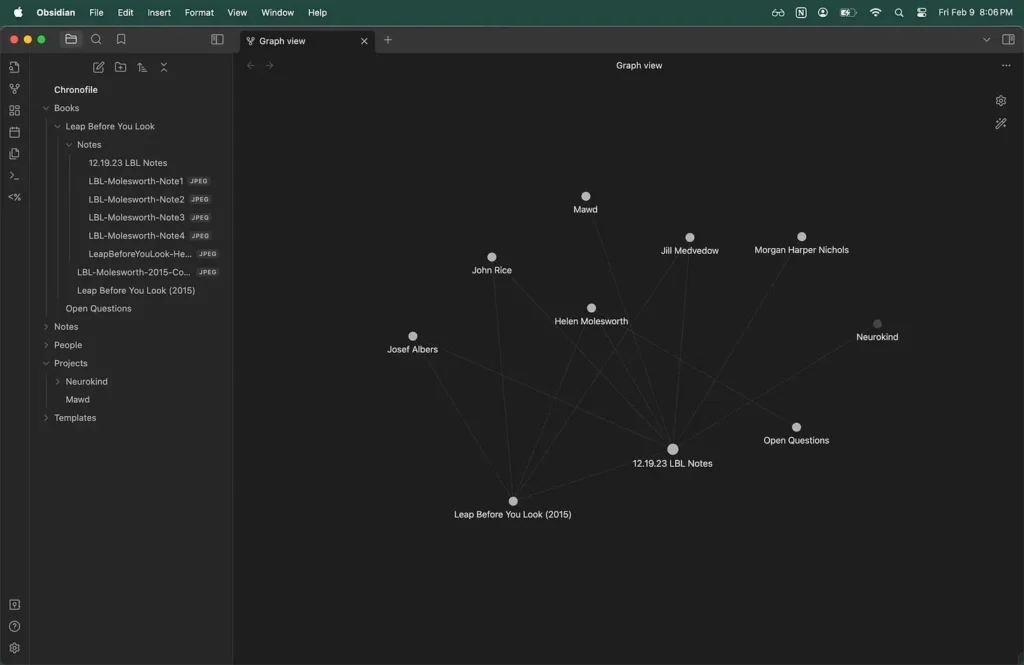
There are lots of aesthetic reasons I’m really enjoying the app, but from a practical side it makes sense too. Instead of uploading your data into an app you’re creating text files and nesting folders on your own computer.
This means if Obsidian goes defunct you’ll still have all of your notes.
And that’s the main reason I’m transitioning away from Notion.
The stars are just a bonus. 💫
How do you collect notes and information?
Do you prefer analogue or digital or a bit of both?
Thanks for being here.
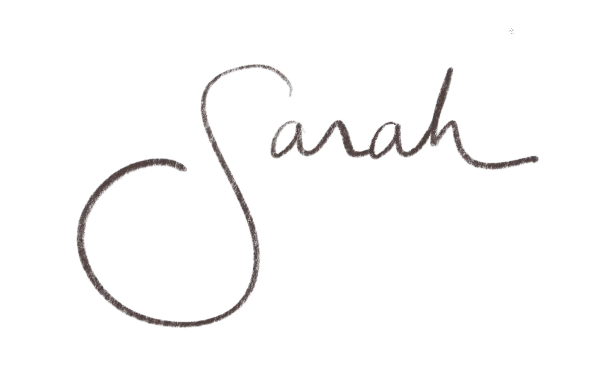
2. At least it is for me. Kudos to you if you’ve figured it out.
3. After watching every single one of the Vlogbrother’s videos I finally read John Green’s The Fault in Our Stars. And it felt like reading a book by a friend. I could see all of the random obsessions he’d had over the years come together in his book. The same for Hank Green’s An Absolutely Remarkable Thing.
4. Dymaxion Chronofile:an archive of nearly every day of Buckminster Fuller’s life. Atlas Obscura. July 11, 2013.
5. Study shows stronger brain activity after writing on paper than on tablet or smartphone, University of Tokyo, March 19 2021.
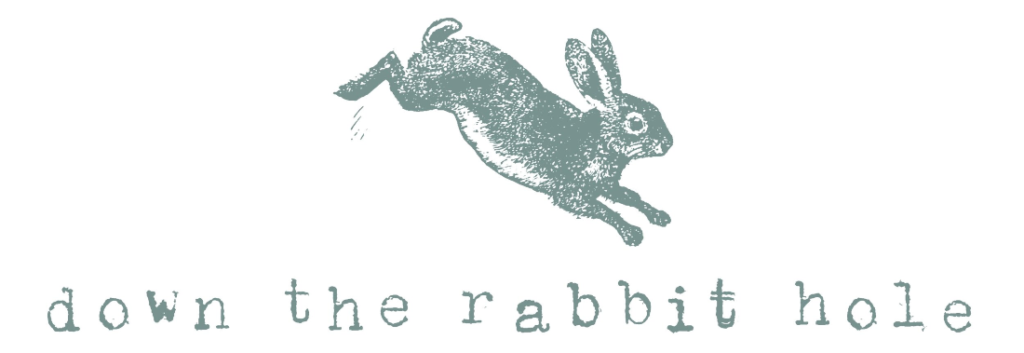
First off, a quick update for local folks!
I’ll be attending my very first book festival as a self published author this Saturday! I’ll be doing a reading and signing at NWA Book Fest and would love to see you there! It feels surreal and I’m not sure I quite believe it’s real yet.
Find all the festival information here. (Catch me on the main stage at 2:30pm).

A peek into my creative process and current works in progress.
This week I’ve had more “reaching” energy than “rooting.”
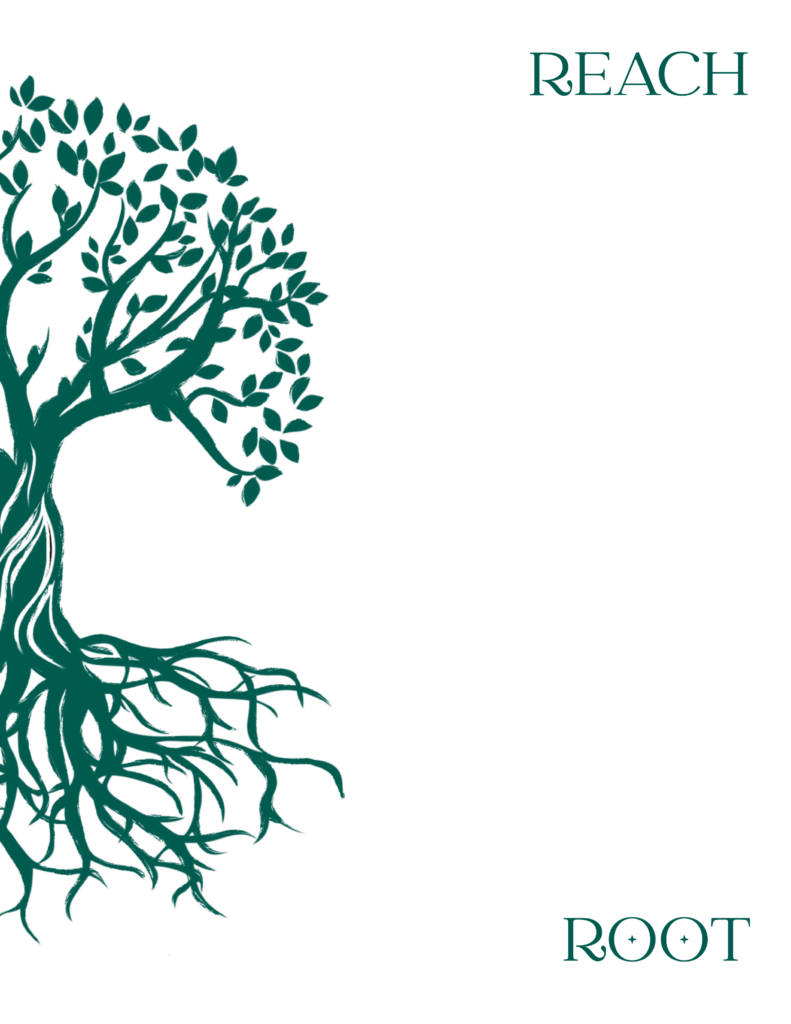
Along with preparing for the festival I’ve also applied to two more art exhibitions at Spilt Milk Gallery and The Anthropology of Motherhood.
You can download either of these printables (Reach & Root or 100 Submissions) here.
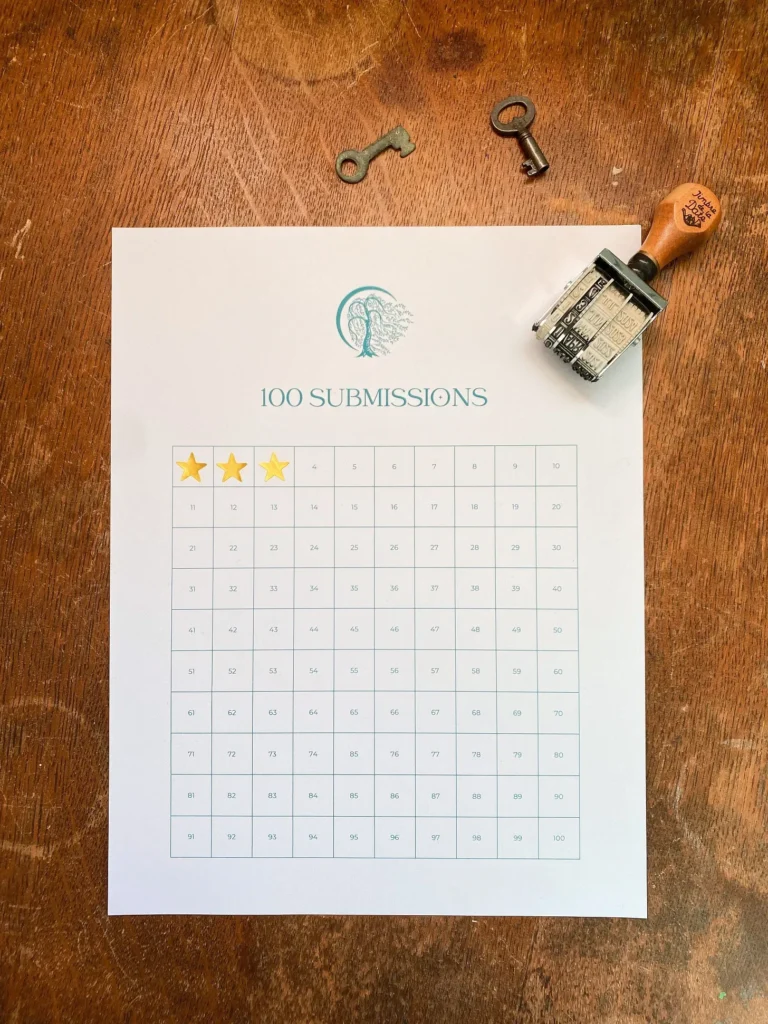
I recorded a podcast episode with Kiki from Heiter Magazine. (Coming your way in April.) Podcast interviews take a lot of energy so I am experimenting with quarterly guests this year. In the past I’ve tried weekly or monthly and that has been too much. This is part of my seasonal planning approach and slowing down to find my own pace.
I’m also undertaking a just-for-fun puppet alteration project for a Wheel of Time parody contest. I haven’t done any crafting or fan art in a really long time so this has been fun.
Also Davy is fascinated.
Maybe I’ll share a peek at that next week.

Other bits and bobs I’d like to recommend…
“I used to think that art had to begreat to be worthwhile. Now, I only think it has to be to be worthwhile.” John Green. Maybe Art Only Needs to Be. Feb 21, 2023.
Me too, John, me too.
The On Being podcast is BACK and I am loving it! These two episodes were amazing.
Janine Benyus Biomimicry, an Operating Manual for Earthlings on natural organisms as mentors and peers… learning from them rather than about them.
And Rick Rubin Magic, Everyday Mystery, and Getting Creative. I have SO MANY quotes from this one because I listened while parked in the car while Davy napped:
Reflections on shapeshifting and reframing “scattered” by Cody Cook-Parrott
That’s all for this week, but I’d love to know what you’re up to.
Feel free to drop a link or comment below.
Cheers,


Hullo all,
I’m playing with the structure a bit here. Trying out categories rather than themed emails. I’m also bringing back some old themes long time supporters may recognize.
Let me know what you think.
I haven’t had much studio time this month unless you count making Number Block counting beads with Davy and the 3 hour masterclass I took from Amie McNee & Jimmy Winestock.

A peek into my creative process and an update on my collection, This is my Brain on Motherhood.
This week I’m sharing a sneak peek at a 360 VR piece I made in December. It’s taken a while to work out how to share this online.
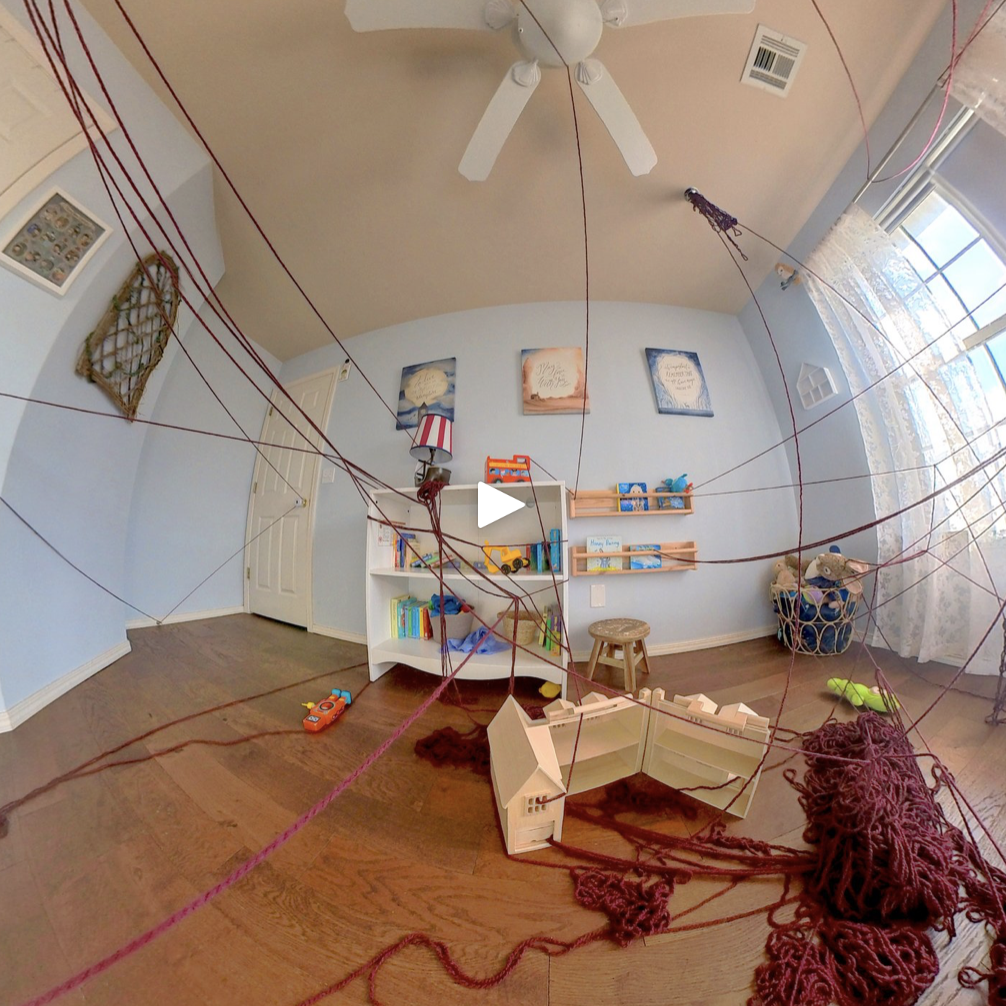
There are two ways to experience this work.
Curious about the process? Here’s a timelapse.
This piece was inspired by a piece of writing by Hayley Dunlop which reminded me of doing this as a child. It was purely creative play at the time. I later revisited this process in directing class when I was asked to “completely transform the space.”
Hayley’s writing connected this memory to neurodivergent thought patterns which immediately made me want to create this with Davy.
Working alongside him added all sorts of layers – both layers of meaning – and literal pools of knots (which were never part of my previous efforts.) 😂

Other bits and bobs I’d like to recommend this week.
I also admired these shadows.
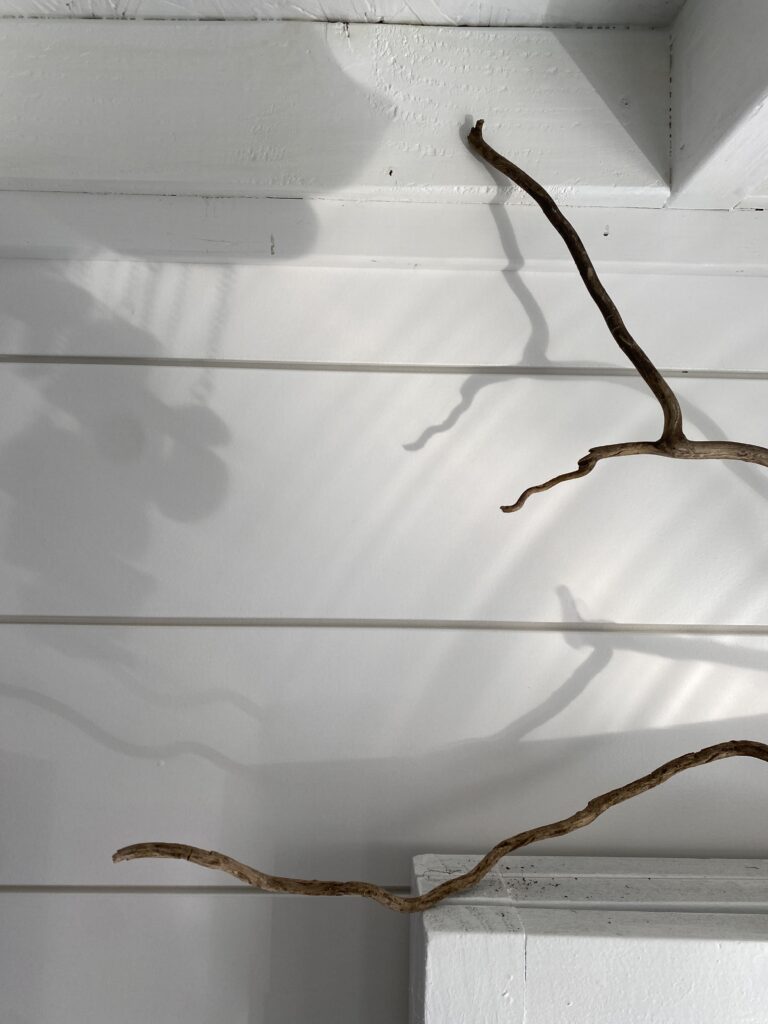
Minor updates March 2025 to correct links and images.
When I talk about creative ecosystems what I mean is expanding your concept of creativity beyond the act of making. Every part of your lived experience makes up your creative ecosystem.
I developed this metaphor to help me build a healthier creative practice. Each element of a natural ecosystem (sun, water, air, etc.) is matched with a creative counterpart (body, mind, environment, and so on.)
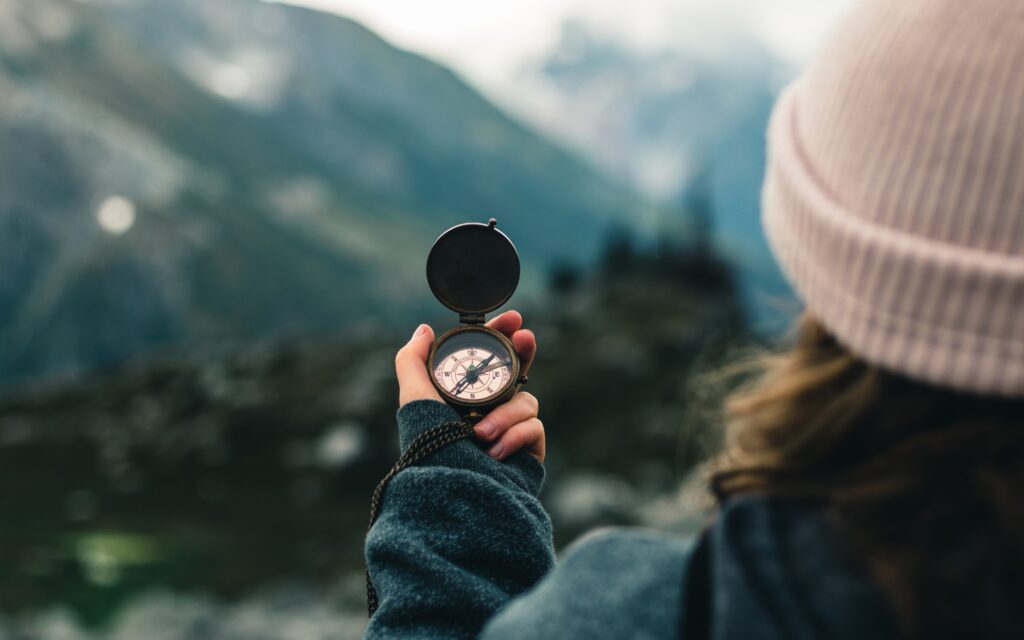
Once I began seeing creativity in this way I couldn’t unsee it.
I also noticed a holistic view of creativity was quite counter cultural.
It’s an alternative approach to these two common creative traps.
Too many creative leaders are trying to pass on their specific creative process as if it will work for anyone.
Even my beloved Julia Cameron is guilty of this. The seeds of this idea were sown when I reread The Artist’s Way as a new mum. I knew creativity was an important part of my life and wanted guidance in how to maintain my creative life through new motherhood.
But suddenly, Julia’s advice no longer served me. I was exhausted. I didn’t have the capacity for daily journaling. And it wasn’t what I needed.
What I needed was a nap.
Reaching the end of my rope taught me that caring for my body and my mind is an essential part of the creative process.
I still don’t write or make something every day, and that’s okay. I’ve found a new rhythm that’s working for me. It’s fluid and adaptive and continues to develop over time.
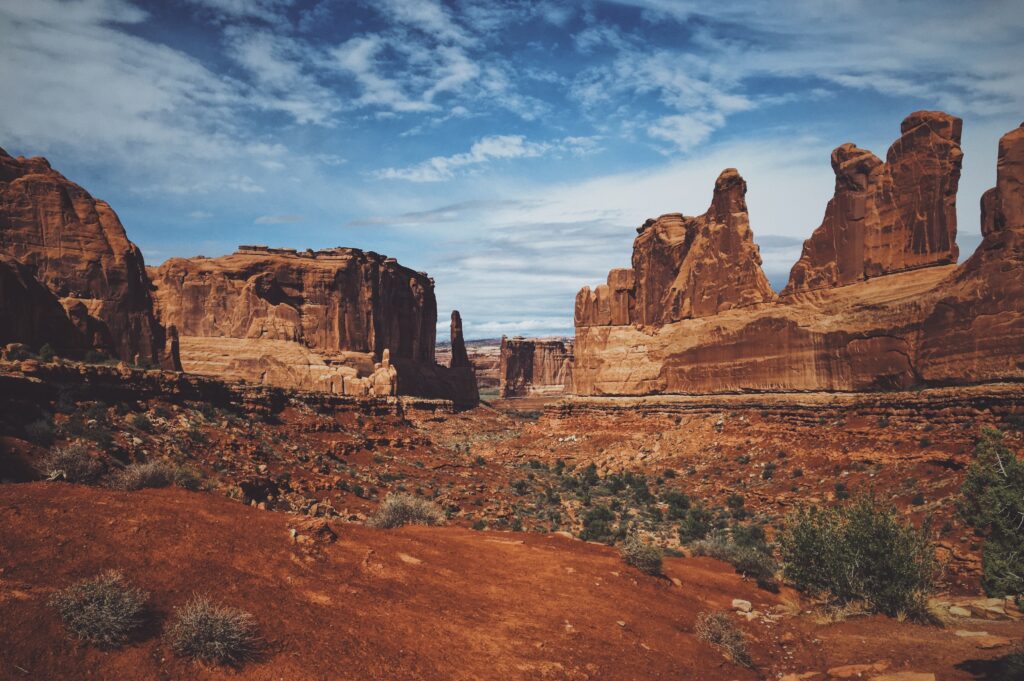
For years I’ve been working under the hustle, hustle, burnout template. I would push myself past the edge of my capacity and then crash and burn.
I see a lot of my fellow artists doing the same thing.
There is a growing awareness that we need rest, but it’s often treated like one more thing to squeeze into your to-do list.
What we really need is to rebalance our entire creative process.
Here’s where your creative ecosystem comes in.
When you stop hyperfocusing on productivity and take a step back you can see that every bit of your life is interconnected. It all serves your creative process.
Instead of following a template created by someone else start paying attention to your own needs. Then, make little shifts that honor your own capacity.
Discover your unique balance of structure and freedom, input and output, solitude and community, and more. Dig into your purpose and why you’re creating. Create rituals for rest and reflection.
When I saw there was more to art than simply making my own creative ecosystem began to thrive.
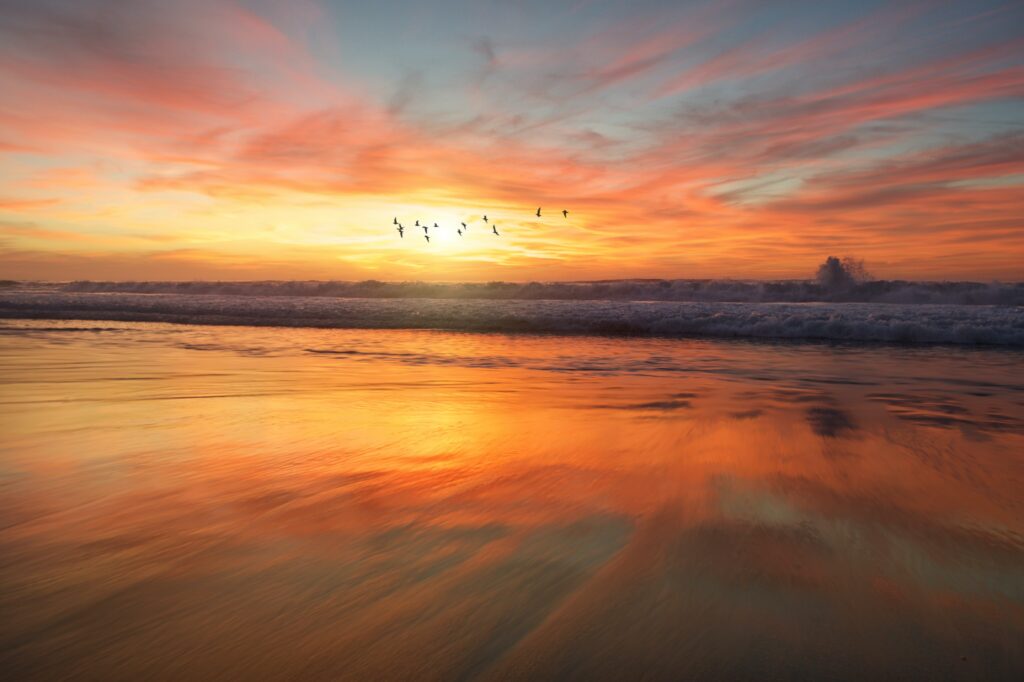
I can’t make a fun quiz to determine if your ecosystem is a forest or a canyon.
Only you can decide that.
But I have spent two years writing a book to help you start the journey.
Breaking down your creative ecosystem and exploring it one step at a time.

Discover Your Creative Ecosystem is a short read full of inspiring images and prompts to reflect on your personal creative practice. It’s available in hardcover, ebook, and audiobook. There’s also a fully illustrated companion for journaling or multimedia collage.
What comes to mind when you think of adventure?
When I asked this question on Instagram most answers were related to travel… maps, new places, trains, taxis, sandy toes, gas stations. Perhaps you thought of a plane or a passport.
Travel is definitely one way to experience adventure {and one of my favorites.} But it’s not the only way. Today we’re reframing adventure to see how it can fit into our daily lives.
When you take a photograph you choose what to put in the frame. More sky or more land? Zoom in or zoom out? It’s the same with life. You can point your internal cameras at the word adventure and tell yourself that it’s not for you. I don’t have the money. I don’t have the time. It’s not my season.
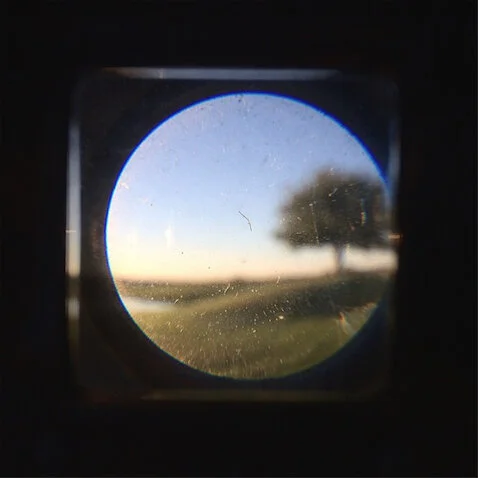
Or you can choose to widen your frame to include more possibilities. Start to look for the opportunities for adventure that are all around you!
Pardon me while I push up my glasses and pull out the dictionary definition…
I think most of us tend to associate adventure with the first definition above… something unusual and kind of dangerous like mountain climbing or hang gliding.
But I’m more interested in the second. It’s about our individual enthusiasm & resourcefulness. I love this definition because it allows us the full scope to determine what’s daring & exciting for us.
Remember how the world looked when you were a child? Everything was new and exciting! And somewhere along the way we stopped paying attention. We lost our sense of wonder.
When I was researching for this post {Does that sound dry and boring? It’s just how my Inner Samwise works y’all.} I found this quote by Wilferd Peterson that really resonated with me and was right in line with my philosophy.
“A man practices the art of adventure when he breaks the chain of routine and renews his life through reading new books, traveling to new places, making new friends, taking up new hobbies, and adopting new viewpoints.”
– Wilfred Peterson, The Art of Living
First of all, I LOVE that he calls it the art of adventure! There’s a creativity in living your life this way even if you never pick up a paintbrush.
And I wholeheartedly agree… if it breaks up your routine and gives you a new perspective it’s definitely an adventure! Whether that’s reading a book, trying a new food, knitting a scarf, visiting a local museum or going for a hike.
So that’s one definition of adventure… something that interrupts the monotony of the day to day. Another is simply changing our perspective of what’s already there. I love this quote too…
Planting a garden? Adventure!
Trying a new recipe? Adventure!
Trip to the thrift store? Adventure!
Choose to look at your life through the lens of adventure and you may be amazed what you find.
“One way to get the most out of life is to look upon it as an adventure.” – William Feather
What adventures have you had lately? Let’s chat in comments.
Cheers,
Sarah